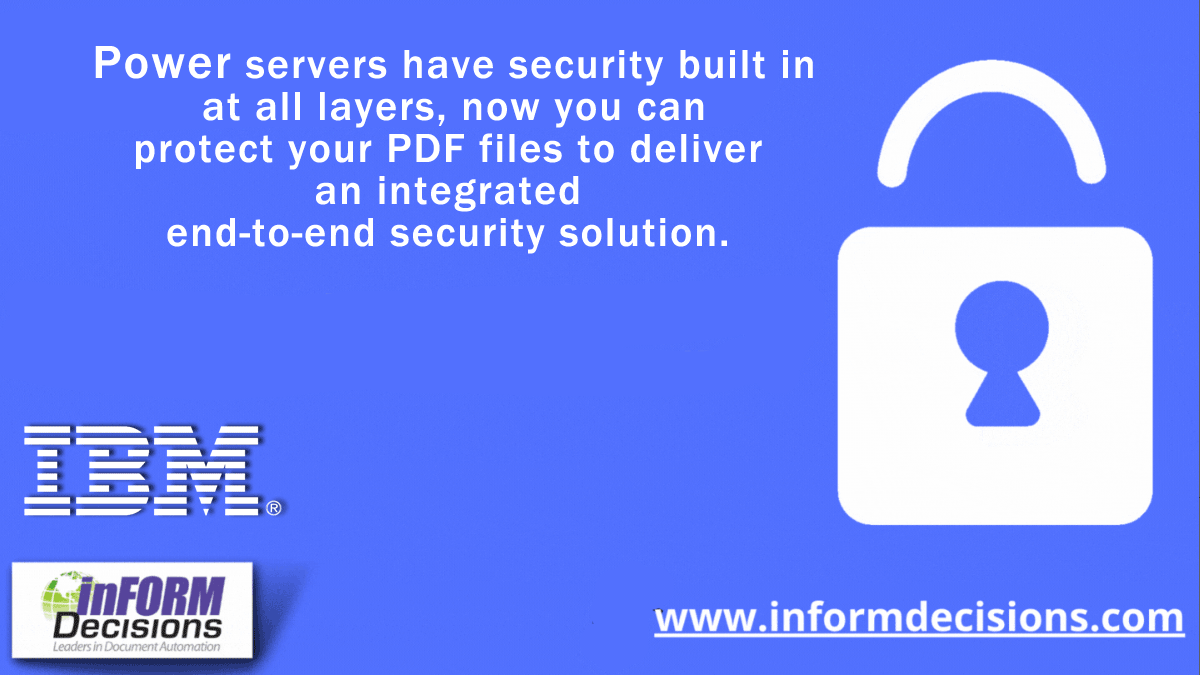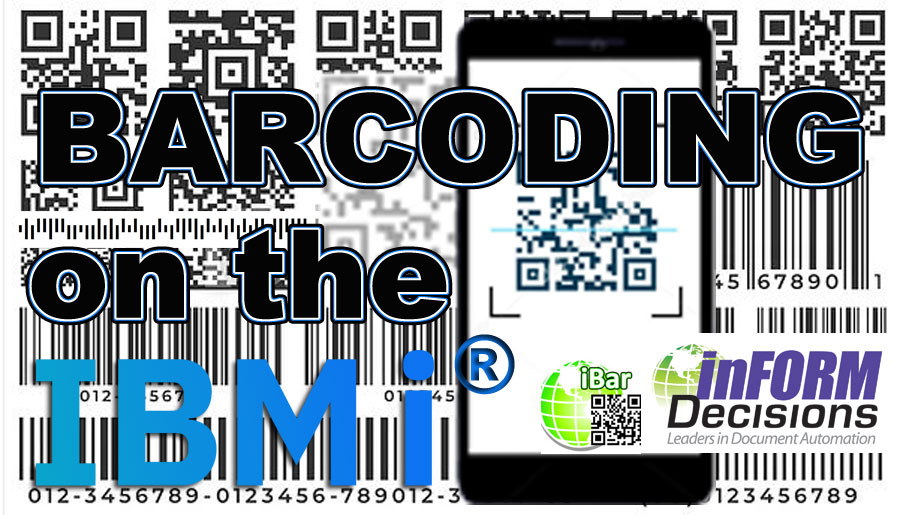Digitize or Dwindle
Ignore the digital transformation at your own peril

Business As Usual Is Never Coming Back. It’s Time to Digitize or Dwindle.
This article will address a growing concern that many organizations face: the challenges posed by legacy paper document management. The reasons for implementing a digitization process are pretty compelling.
In the rapidly evolving business landscape, the term “digital transformation” (DX) can become a buzzword, devoid of meaning. It refers to the integration of digital technology into all aspects of an organization, fundamentally changing the way it operates and delivers value to customers.
In today’s digital world, it’s more important than ever for companies to digitize their old paper documents and move to an Electronic Content Management (ECM) system. This not only reduces the costs associated with paper-based processes but also improves data security, accessibility, and collaboration. ECM is an ongoing and evolving strategy for maximizing how your content is to be used.
Documents are essential to the day-to-day operations of any business. From record keeping and communication to legal compliance and knowledge management, efficient and effective document processes go a long way to determining the success of a business. But managing documents in a manual or semi-automated environment creates significant challenges for businesses. Document digitization can help businesses of all sizes overcome these challenges. Document digitization converts paper documents into digital formats such as PDF, JPEG, or HTML.
Manually managing documents is a labor-intensive process that takes time away from other important business operations. ECM, on the other hand, is a technology that helps companies effectively manage digital documents. With ECM, companies can digitize their documents, store them in a secure central repository, and retrieve and manage them efficiently using automated workflows.
Here are some reasons that show why it’s time to digitize and switch to an ECM:
- Paper-based processes are costly: According to AIIM, companies spend an average of $20 to file a paper document, $120 to search for a misfiled document, and $220 to reproduce a lost document. Digitizing your documents can save you money by reducing these costs. Digitization can reduce the cost of printing, copying, sharing and storing physical documents. And staff spend less time keying data, shuffling paper, or retrieving documents.
- Space-saving: Digitizing documents eliminates the need for physical storage in desk drawers, file cabinets, cardboard boxes, and with third-party providers. Physical storage can take up a significant amount of space, which can be costly.
- Easy access and retrieval: Digital documents are automatically indexed and centrally stored, making it easy to locate specific documents quickly. Authorized users can instantly retrieve documents at any time, from anywhere, saving time and increasing productivity. ECM puts the information in the right people’s hands right when they need it to be there.
- Improved collaboration: Digital documents can be easily shared and collaborated on, making it easier for geographically dispersed teams to work together on projects and tasks. Users can access documents based on their privileges, allowing teams to collaborate across many locations. Accessing the entire lifecycle of a document during compliance audits is a breeze with an ECM.
- Disaster recovery: Digitizing documents can help protect against loss due to disasters such as fires, floods, or theft. Documents also are accessible when staff cannot get into the office.
- Lost documents are a common problem: AIIM reports found that 7.5% of all documents are lost and 3% of the remaining documents are misfiled. This means that 10.5% of all documents are mishandled in some way. Digitizing documents and storing them in an ECM system can help prevent the loss of important information.
- Remote working is on the rise: In view of the recent pandemic, many companies have had to switch to teleworking. Digitizing your documents and switching to an ECM system makes it easier for employees to access important information from anywhere and at any time.
- Increased security: In 2023, the number of data compromises in the United States stood at 3,205 cases. Meanwhile, over 353 million individuals were affected in the same year by data compromises, including data breaches, leakage, and exposure. Paper documents are vulnerable to theft, loss, or damage. Nobody asks about privacy when the data is in folders sitting on desks, but it’s held to a different standard when it’s online. Digitizing documents and storing them in a secure ECM system can help reduce the risk of data breaches. Digital documents can be protected with passwords, encryption, access controls, audit trails and other measures, making them more secure than paper documents that can be lost, stolen, or damaged.
- Customers expect digital processes: Today’s consumers expect fast, digital processes from the companies they do business with. Digitizing your old paper documents and moving to an ECM system can help improve the customer experience by streamlining processes and making information more readily available. When you digitize your business, you create additional barriers for keeping customer data safe and instill greater amounts of trust among your customers.
- Improved productivity and efficiency: Research shows that companies using ECM can increase productivity by up to 50%, resulting in significant cost savings.
Digitizing your old paper documents and switching to an ECM system is no longer a good idea, it’s a necessity. This way, companies can reduce costs, increase data security, ensure compliance, and provide a better customer experience.
There are very practical steps that your organization can take today to speed up your digitization journey. The key is getting started and accepting that it won’t be perfect out the gate, but it will pay off sooner than later. To succeed, companies will have to build highly agile and collaborative organizations that embrace a start-up mindset. It will require upskilling current associates and hiring digital natives, creating new roles, retooling incentives, and revamping the back office. And don’t look just inside your company: Work with external partners such as customers, suppliers, and technology companies to learn new skills and build an integrated digital ecosystem.
inFORM Decisions can help clients gain clarity… and build a roadmap… to move from a traditional paper-based documentation system to an ECM … in today’s fast-paced digital environment. Digital sustainability is picking up more and more steam, and it is becoming business critical.
Let’s seize this opportunity to transform the industry, empower our associates and build a sustainable future. The time to digitize is now.
Call (800) 858-5544 / (949) 709-5838 or visit us at www.informdecisions.com for more information about our acclaimed ECM products.
Additional resources of interest:
Digital Transformation-success or failure
Get your company excited about document management
Core strategy for a paperless office
What is your digital strategy?





